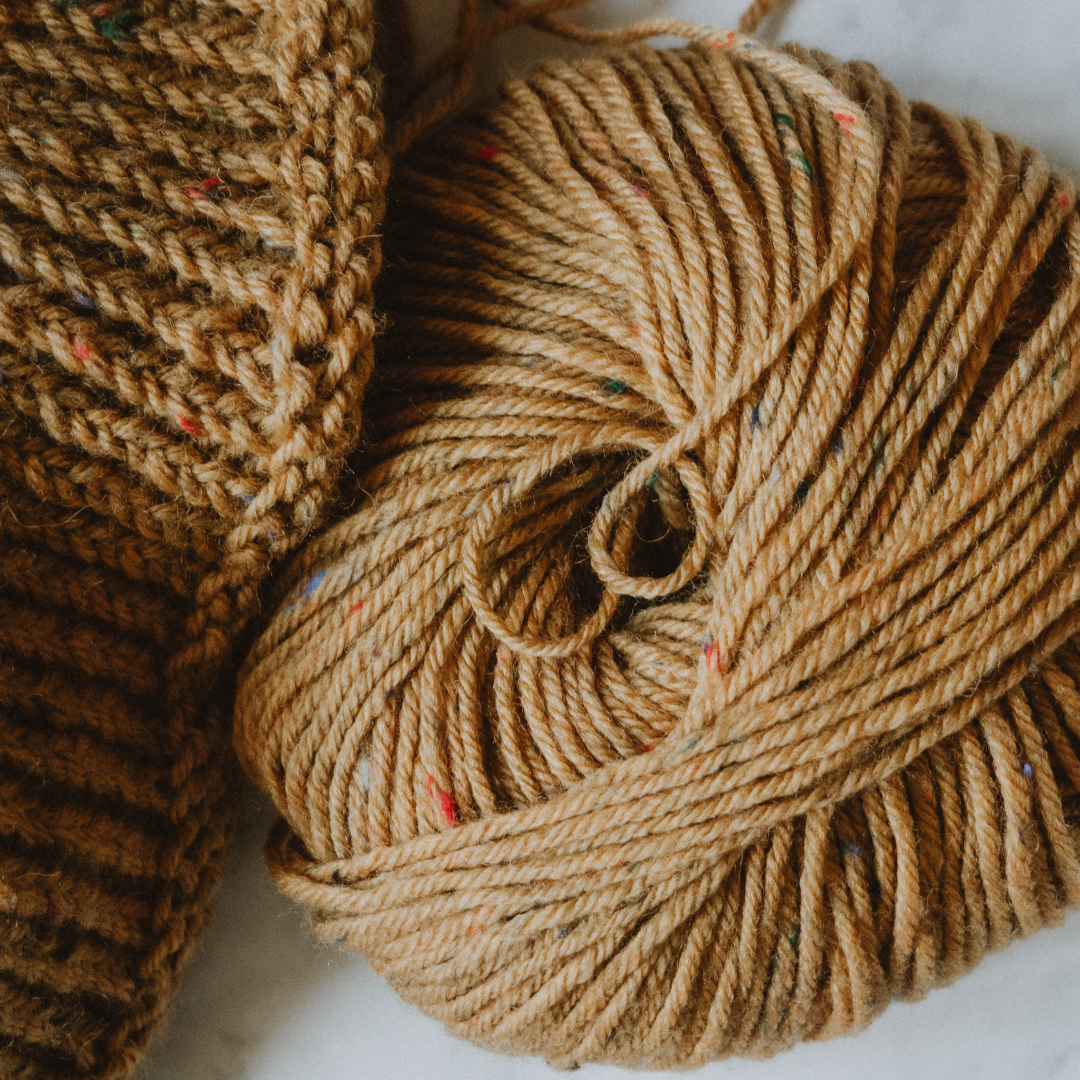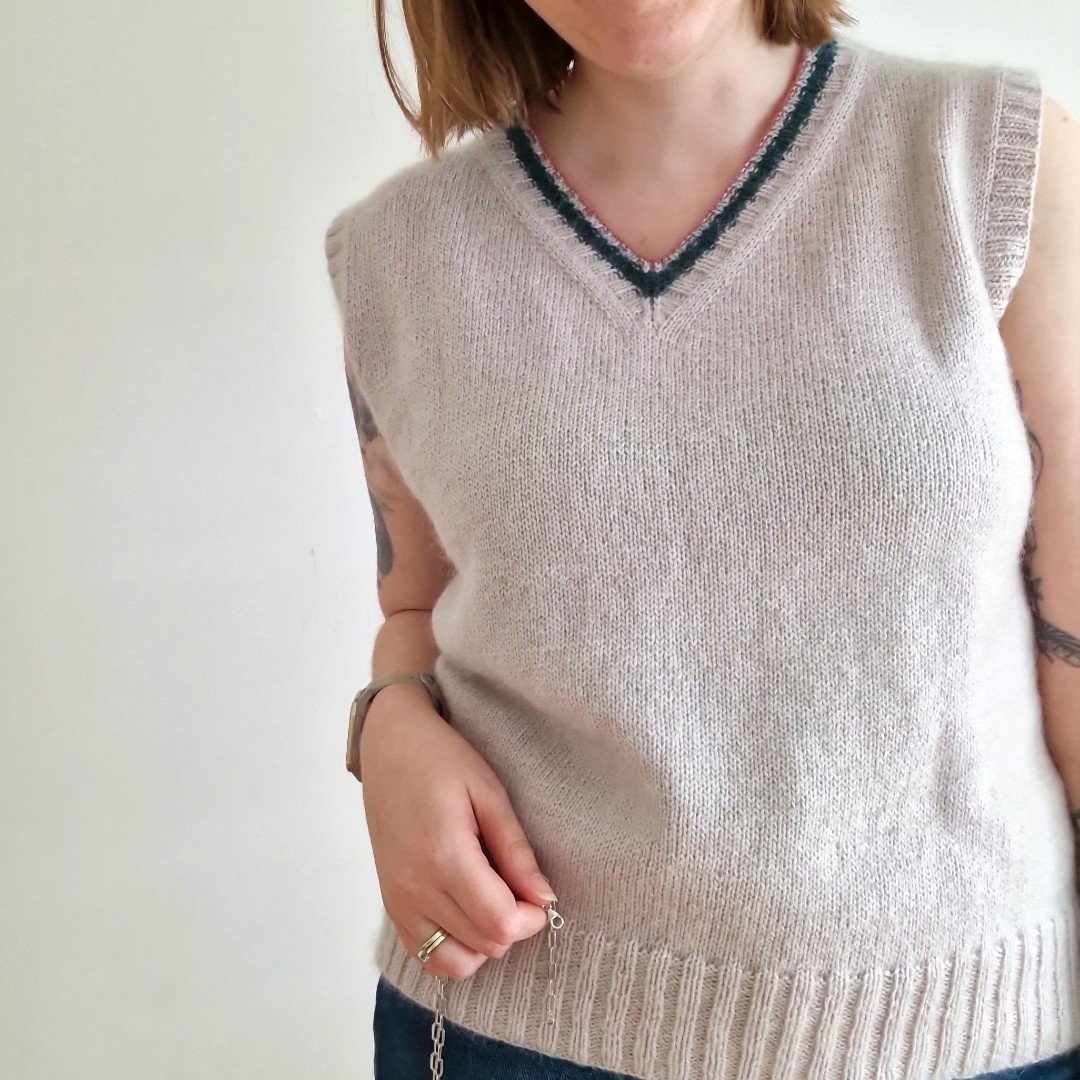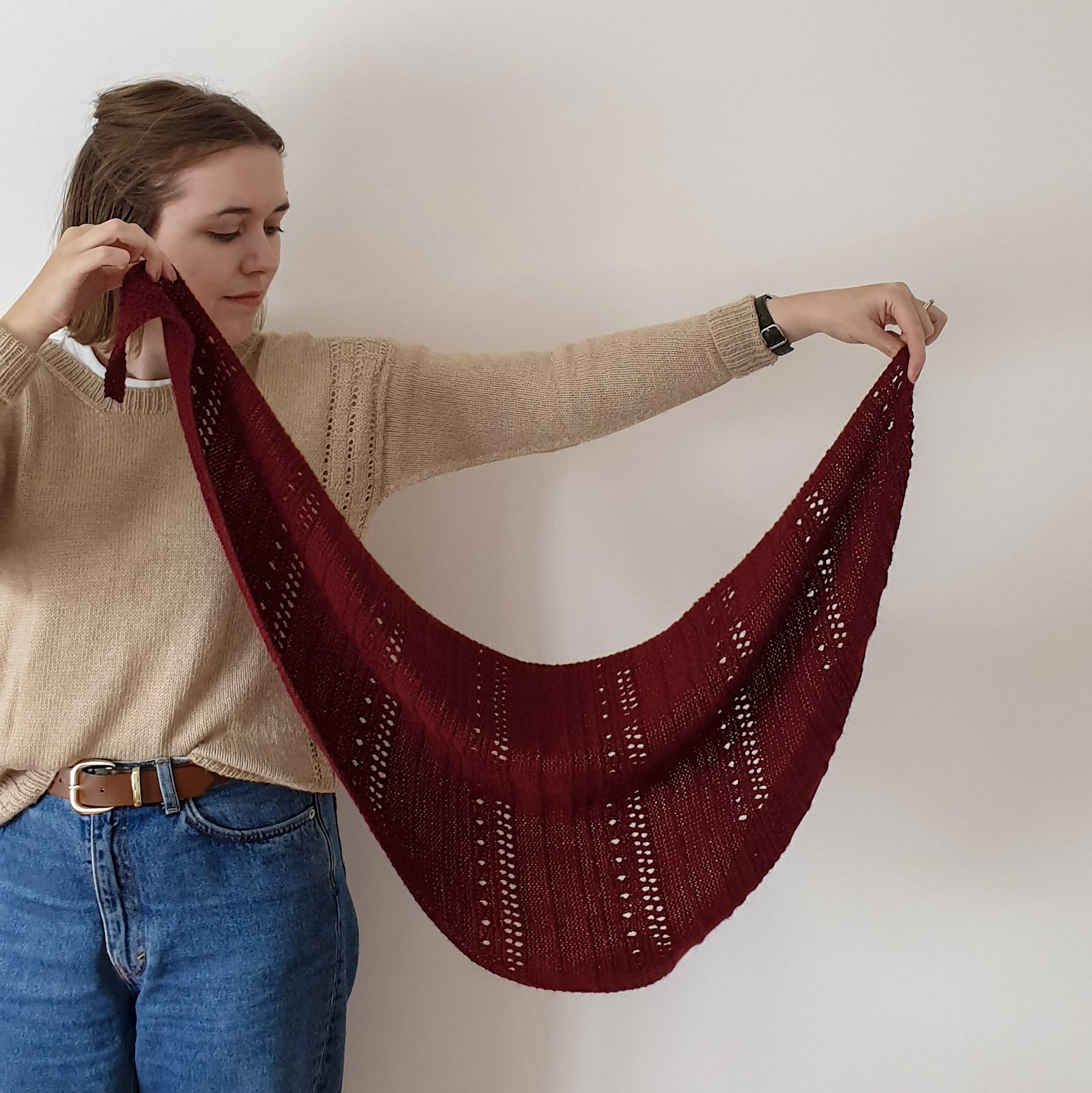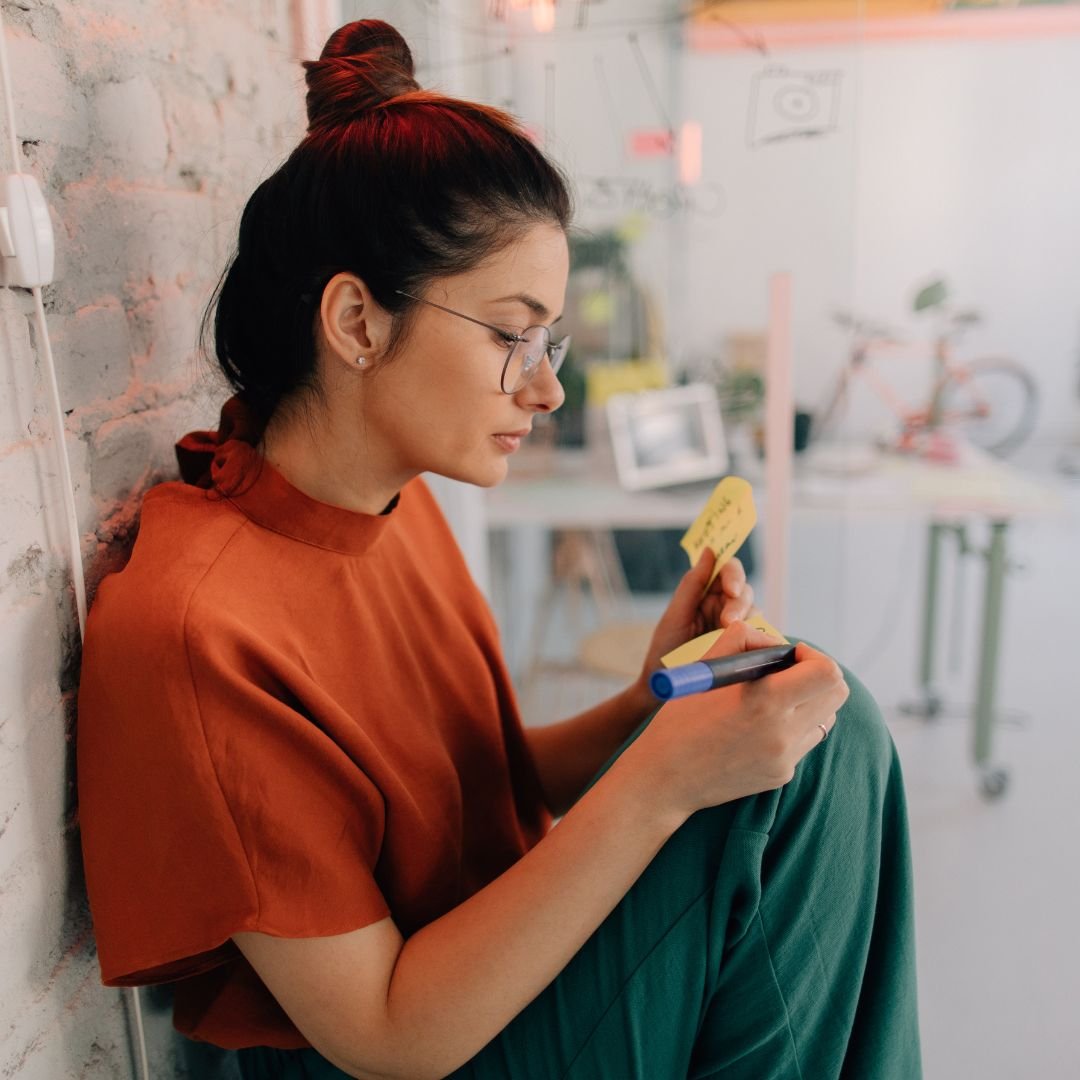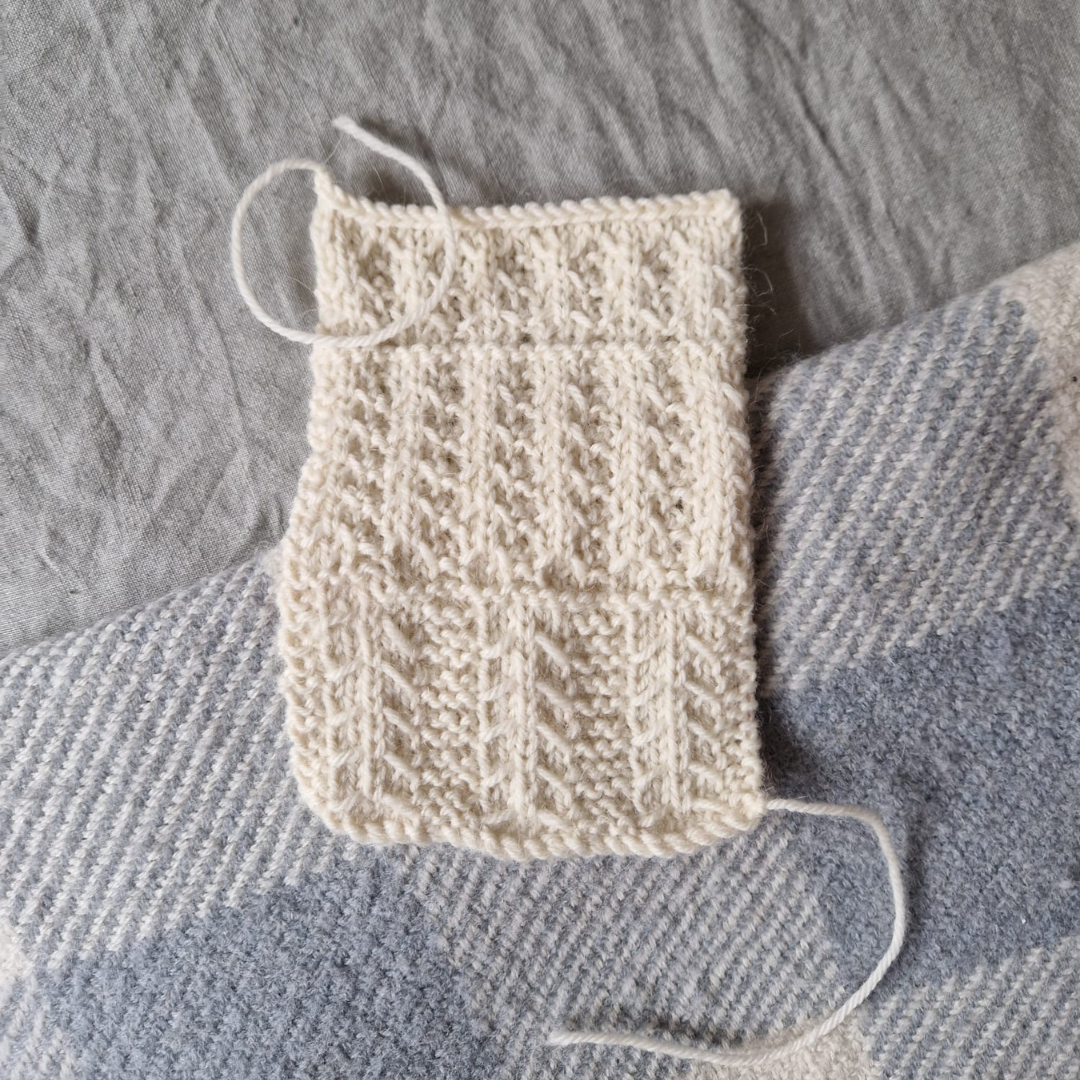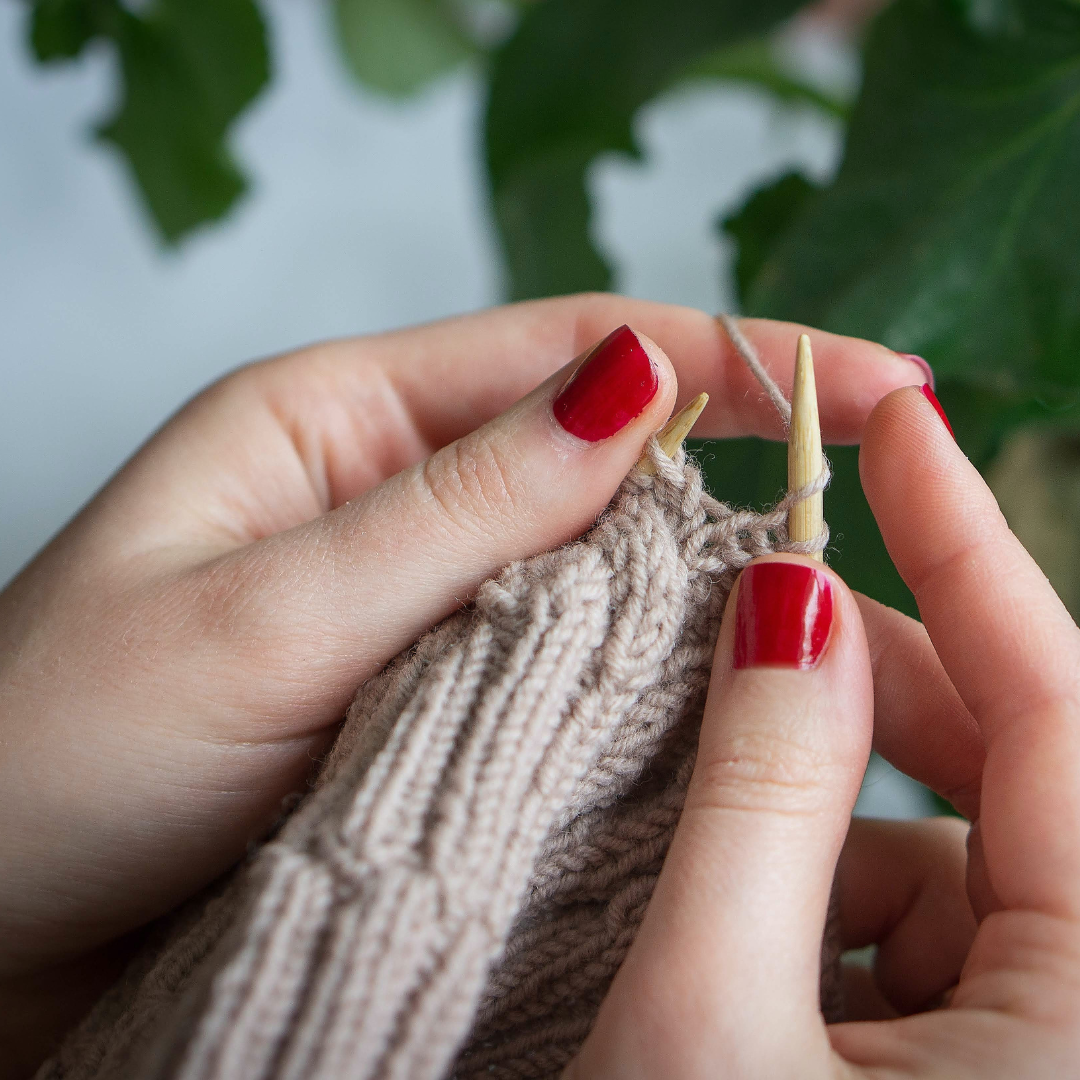What Comes First: Swatching or Sketching?
If you’re a new designer in the early stages of creating a new knitting pattern, you’ve probably wondered whether you should swatch or sketch first? Or does it even matter?!
In this blog post, I break down the design development stage of the knitting pattern process, sharing what has worked for my students and me, plus I will teach you how to know exactly what strategy will work best for you. Let’s clear this up!
Image description: photo of a piece of crochet, alongside a diary, pen and some sketches on paper with the words “Should I Swatch or Sketch First?” on top of it
Before we get into this, if you haven’t yet made a moodboard for your design, I want to urge you to do so. Your moodboard is the foundation upon which you will do all of your further design development. Don’t underestimate how much clarity you can gain from making a moodboard!
But First, Sketching
If you’re one of my Sweater Design School alumni, you will know that I encourage new designers to sketch first and then swatch afterwards, and I teach this for multiple reasons.
It’s Quick
Sketching is a fabulous way of quickly assessing your design ideas. Ideas that once seemed great in your head may not look too great once they’re down on paper. You could do this assessment by making swatches, but it’s far less efficient.
I love that you can quickly sketch out multiple variations of the same design, tweaking each element until you are happy with it. Again, this is also possible with swatching, but it’s far more time/labour-intensive.
Image description: Overhead view of a desk with lots of sketches and notepads, along with the arm of a woman wearing jewellery.
It Beats Creative Block
Creative block can be frustrating to encounter at the beginning of the design process, and it can really hold you back.
Sketching can be an excellent remedy, helping to get those creative juices flowing. You’ll often find that the more you sketch, the more ideas you will have.
Swatching can also be a fantastic way to start thinking creatively, but it takes much longer, so you’re more likely to get stuck again. Sketching tends to be a lot more effective here.
It Begins with the End in Mind
I love sketching first because it gets you thinking about the finished product from the very beginning. Not only is this super motivating, but you can also tailor your swatching to the type of garment or accessory you are designing.
Not a fan of sketching?
I hear you. Sketching can be very intimidating to a lot of new designers. If that’s you, I think you’ll benefit from using my 15-minute Time Method to loosen up and maybe even start enjoying(!) sketching.
But what if I want to swatch first?
Don’t get me wrong: swatching first can be helpful sometimes. We, knitters, are a touchy-feeling bunch, and at times, working on paper just isn’t enough to get your creativity going. We might need to work with our hands to feel more in tune with what a new design wants to become.
If you still have no idea what type of knitting pattern you want to design, even after creating a moodboard, swatching can help to spark inspiration. I sometimes like to knit small swatches of texture or pattern based on my moodboard and then sketch based on that.
Swatching first can also be helpful when designing something for a specific yarn, perhaps as a commission for a publication or yarn company. In this case, swatching first will help guide your design's direction based on the yarn and fabric’s qualities and behaviour.
If you would like more tips on how to get the most out of your swatches, I share more about it in my blog post, How to Design a Sweater Using Swatching.
Image description: a ball of beige tweed yarn next to some ribbed knit fabric
Often, It Happens All At Once
If you’re anything like me, you might find that swatching and sketching can happen all at once.
You might start with a few sketches, knit some swatches, and then go back to sketching to tweak your ideas. Finally, you might knit up a couple of mini-garment swatches to finalise those ideas.
This back-and-forth dance between swatching and sketching is entirely normal and can be a very productive way of finalising your design idea.
The Golden Rule
As you’ll find with a lot of the design process, there are very few hard and fast rules about how you should go about things. Whilst I typically find that sketching first works for most new designers, if you find that you work more efficiently, effectively and, most importantly, creatively by swatching first, go ahead!
My only rule is that more is more in the early stages of the design process. More sketches. More swatches. More troubleshooting and design development will only benefit your design in the long run.
All too often, new designers rush through this stage of the design process, going with their first idea. Doing this will likely lead to a design that isn’t as beautiful, considered or interesting as it had the potential to be.
Doing plenty of sketching and swatching at the very beginning will help you refine your idea, putting lots of thought and consideration into each design element. The finished design will be worth the effort!


